

There’s always something special in the air prior to the release of a new Mario Kart game. Aside from being a longstanding franchise that appeals to a wide array of consumers, the series has been a ongoing and consistent source of fun for the masses for over 20 years. Nintendo is now set to release Mario Kart 8 on the Wii U in hopes of reversing the console’s current misfortunes, but does this game finally make it worth owning a Wii U? Absolutely.
Many gamers should have a pretty good idea of what to expect from a new Mario Kart game (a handful of new racers, delightful new tracks, some returning classics… it’s all pretty standard), but there is one major mechanic that’s been added in the latest iteration — anti-gravity. While other installments have added gliders and underwater portions, the implementation of gravity-defying loops, twists, and turns have changed of the formula immensely and adds a whole new feel to the beloved franchise.
Anti-gravity stretches on any given course are marked by blue strips that reach from one end of a track to the other. A majority of the time, the courses are designed in a way to keep players focused less on the fact that they’re currently upside down, thus keeping their mindset firmly on the race at hand. If not completely blinded by speeding past competitors or dodging enemies, the tilted view of the surrounding environment will make it apparent that Mario and friends are not obeying Isaac Newton’s popular theory in the slightest.
Another game-changing mechanic that spawns from the reoccurring, gravity-less scenarios is a nifty little trick that I like to refer to as collision boosting. As the name implies, it’s possible to gain a speed boost by colliding with another competitor whilst in an anti-gravity patch. This, of course, also gives a boost to the individual that’s being hit, but it’s possible to chain boosts with a willing partner which adds a new and unique layer of strategy for those willing to take advantage of it. It’s a more significant and impactful addition than other modifications that have been implemented in the past.
While this new feature helps to diversify Mario Kart 8 from other entries, it’s the design of the levels themselves that’ll really draw players in. Each track, be it a new affair or a revamped version from a past game, is chock full of memorable twists and turns that will instantly ingrain themselves into the minds of karting aficionados. The implementation of the aforementioned anti-gravity segments, as well as the under water and glider portions, also add a nice variation on the 16 classic courses that inhabit the title — making them feel equal parts fresh and familiar.
Nintendo has also added in a wicked amount of shine to each and every crevice found within the game. It’s easily one of the best looking Wii U games to-date, and it’s hard not to be immediately taken aback by the detail placed in every facet of the title. The way Mario’s moustache flutters in the wind, the glazed over shine of every kart part, the cartoony stars that are produced with every successful turtle shell collision – the hardware has been used so efficiently that players would be forgiven for comparing Mario Kart 8‘s graphical fidelity to that of an Xbox One or PS4 title.
Mo’ babies, mo’ problems.
Despite each and every character looking wonderful, the roster itself (which features 30 characters) is lacking in terms of variation. While all the mainstays such as Yoshi, Donkey Kong, and Wario make their triumphant return, a majority of the selectable racers are either baby or metallic versions of existing characters. It’s a missed opportunity and ultimately disappointing.
As it currently stands, there are three playable versions of Mario on the roster, and while the addition of the Koopa Kids is much appreciated, iconic characters like Bowser Jr. and Diddy Kong are nowhere to be seen. With so many recognizable mascots from the Mario/Donkey Kong series to choose from, it’s odd that Nintendo opted to put in the likes of Pink Gold Peach and Baby Rosalina.
Another issue that gamers will have with Mario Kart 8 is the lack of dedicated Battle Mode stages. In lieu of beloved battlefields like Battle Block Fort, Nintendo has instead decided to transform a handful of tracks into places of shell-throwing warfare. What’s so unappealing about this is that none of these courses were originally designed specifically for Battle Mode, and that’s immediately apparent once playing. Fortunately, racing has always been the main appeal of any Kart entry, but the lack of dedicated stages for battling is unquestionably disappointing.
Last but not least, Mario Kart 8 features the strongest online offering that Nintendo has ever produced. Not only can players race against user-uploaded ghost times in Time Trials, but they can now snap pictures and upload videos on to YouTube directly from the game. These videos can then be shared in MiiVerse for the viewing pleasure of the masses, so it’s a very well thought out addition.
Online racing is also in top form on Wii U, and any game I personally experienced (keep in mind it’s still pre-launch) went off without a hitch — with absolutely no lag to be found whatsoever. Adding to the fact that gamers have an insane amount of customizability in setting up their own personal online tournaments, the only drawback is the lack of voice chat capabilities during the actual game. Still, it’s very hard to be disappointed with the final product, even if there are odd and dated omissions.
Nintendo has put a lot of effort into making Mario Kart 8 the best it can be, and it almost got there with the end result being a gorgeous kart racer that innovates while staying true to its beloved formula. If there wasn’t previously a reason to own a Wii U then there is now, and gamers will be hard-struck to find a more complete Wii U experience than what’s offered here. While roster and Battle Mode woes are noteworthy, they’re shrug-inducing in the grand scheme of things. Overall, Mario Kart 8 is a no-brainer purchase for existing Wii U owners, and a very legitimate motive to invest in the console.
___
Mario Kart 8 drifts onto Wii U on May 30, 2014.
Follow Riley on Twitter @TheRileyLittle.
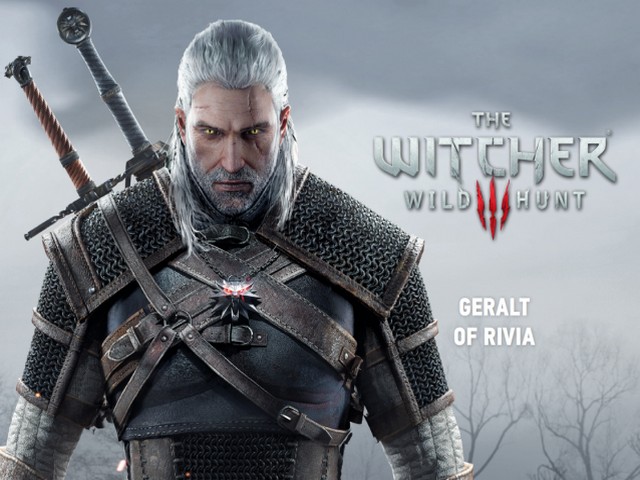
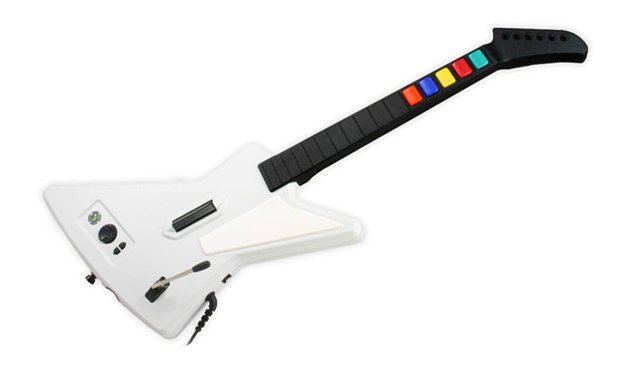
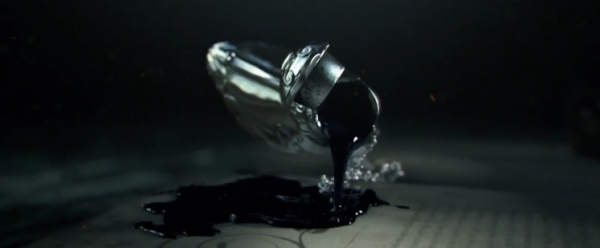
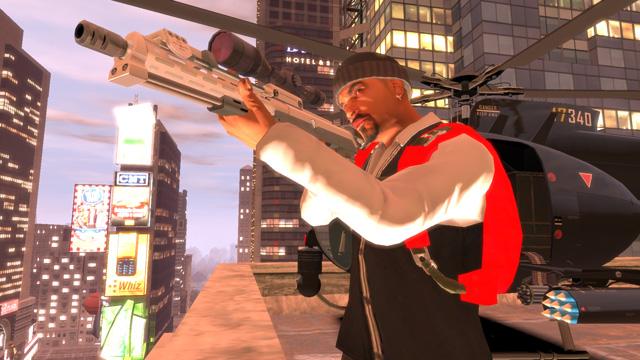
 Murdered: Soul Suspect Trophy List For PS4 and PS3
Murdered: Soul Suspect Trophy List For PS4 and PS3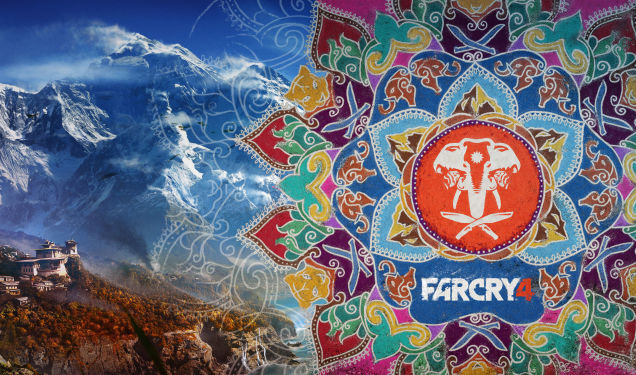 How To Fix Far Cry 4 PC Black Screen, Black Shadows, Blue Screen and Restart issue, Shuttering and sound Issue and more
How To Fix Far Cry 4 PC Black Screen, Black Shadows, Blue Screen and Restart issue, Shuttering and sound Issue and more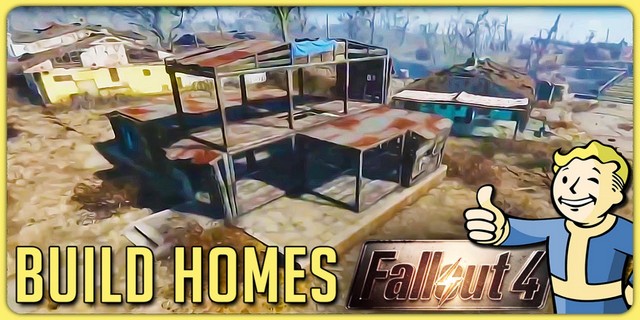 Fallout 4 Guide: How To Build An Effective Settlement And Make It Work The Way It Should
Fallout 4 Guide: How To Build An Effective Settlement And Make It Work The Way It Should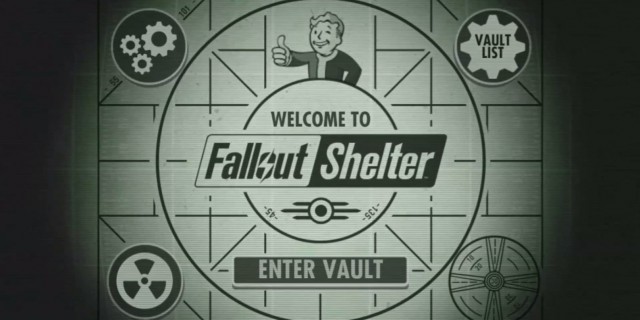 Top 8 Tips and Tricks To Make Fallout Shelter A Life or Death Struggle For Vault Existence
Top 8 Tips and Tricks To Make Fallout Shelter A Life or Death Struggle For Vault Existence Grid Autosport: Achievements and Trophies Guide
Grid Autosport: Achievements and Trophies Guide